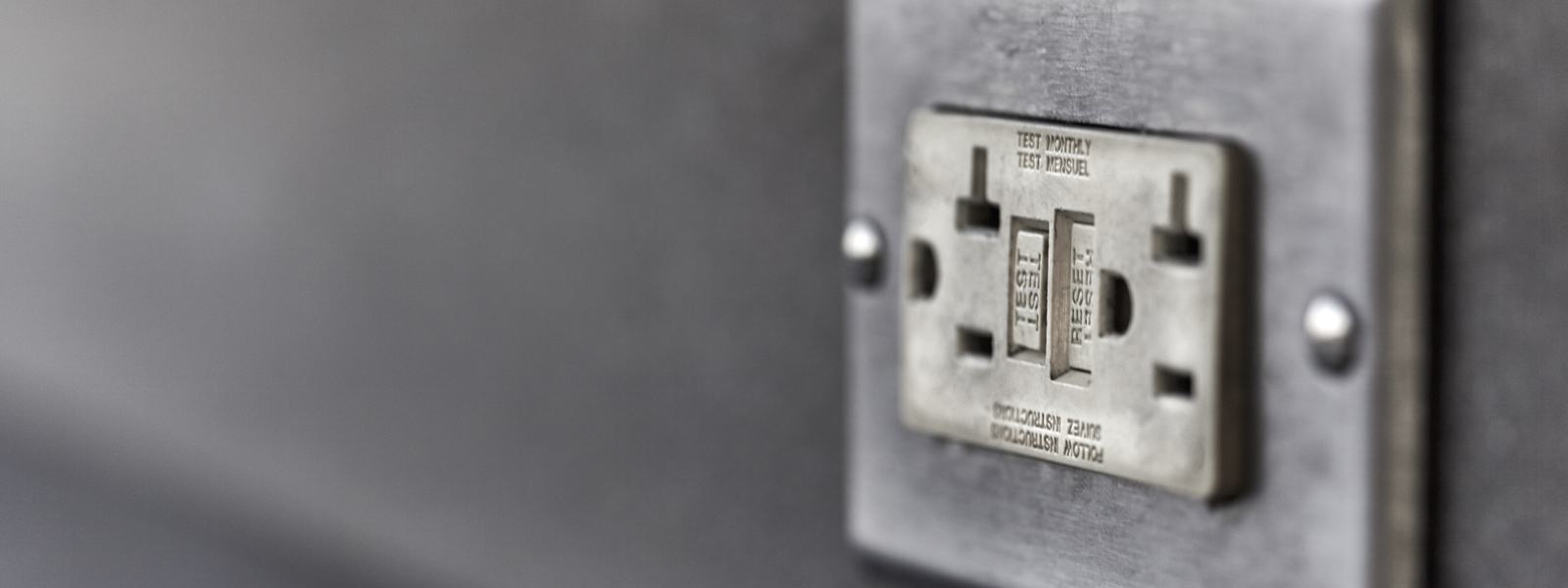
How does a GFCI work and why do I need them?
One of the most deadly electricity-related dangers is those that occur by electric shock - primarily by a shock from a ground fault. When electricity escapes the usual confines of the wiring of an electrically powered appliance, power tools, or even light fixtures, the electricity takes a shortcut to the ground the result is what's called a ground fault.
When the electricity’s shortcut to the ground goes through a human body, the result is death or severe injury. According to This Old House Magazine, “About 200 people in the U.S. alone die of ground faults each year, accounting for two-thirds of all electrocutions occurring in homes.”
In 1961, a professor of electrical engineering at the University of California, Charles Daziel invented the GFCI - which stands for Ground Fault Circuit Interrupter. While on an average day, his invention does nothing but monitor the current flowing into and out of an appliance, it's in the most critical instance when the difference in the in and outflow exceeds five milliamps (a significant sign that a ground fault may be beginning to occur) that the GFCI saves lives. In as little as .025 seconds (about the same time it takes to blink your eyes), the GFCI shuts off the flow of electricity and saves you from electric shock, electric fire, or severe electrical burns.
The National Electric Code requires GFCIs in all new kitchens, bathrooms, crawl spaces, unfinished basements, and most outdoor receptacles. Owners of older houses can retrofit $10 GFCI receptacles at those locations or have GFCI breaker switches (which run as much as $108 for 50-amp models) mounted in the main breaker panel. Portable GFCI adapters, which plug into regular wall receptacles, are available for about $40.
“The great thing about GFCIs is that they protect you whether or not your wiring is grounded,” says Bill Grande, manager for safety products at Leviton, a manufacturer of GFCIs. Because lightning and other power surges can damage a GFCIs delicate circuitry at any time, Grande recommends the following monthly test: Plug in a light fixture and turn it on. Then push the device's test button. If the light stays on, the GFCI needs to be replaced. (source)
GFCI protection should be provided anywhere there is a receptacle installed in an area subject to moisture, as the presence of humidity significantly increases the danger of accidental shock. The National Electric Code specifies many such regions in residential dwelling units, such as, but not limited to: Bathrooms; Garages and accessory buildings; All exterior receptacles; Crawl spaces; Unfinished basements; Kitchens; Laundry, Utility, Wet Bar Sink Areas; and Boathouses. Local building authorities may have additional requirements. The list of areas requiring GFCI protection has increased with every code revision. They were initially only required around pool areas in the '70s. Now they seem to be nearly needed everywhere. (source)
At Got Watts Electric, we are entirely committed to the safety of your home and family when it comes to electricity. These facts and more are reasons to contact us today to schedule an electrical inspection of your home to be sure you and your family are safe from the dangers of ground faults. Contact us today to schedule a routine inspection.
